Китайская доогнестрельная артилерия - [142]
Summary
The pre-gun period in the evolution of Eastern artillery, thus far, remains a blank in scholarly writings. This enhances the interest in the study of projectile machines in China. Relevant Chinese data are particulary valuable in compiling a characteristic of the arcballistes and drawed lever-operated machine-blides, which were traditional to the projectile artillery of the Far East but are least surveyed in research publications. The present author terms them projectile machines of the Chinese type. The researcher saw one of his principal objectives in citing the greatest possible amount of Chinese source data which, forming the underlying basis of the monograph's exploratory part, could be found useful in the subsequent study of mediaeval artillery. Major attention is devoted to the elucidation of meaning of technical terms pertaining to the problem in hand. The emphasis is on the period of flowering of Chinese pre-gun artillery — the 7-th–13-th centuries — which also initiated the employment of powder weapons, whose development was then closely related to projectile artillery.
Chinese projectile artillery pieces must have been a local invention. An analysis of data contained in China's ancient written sources suggests that the earliest authentic evidence of China's stonethrowed machines was a military treatise by Fan Li. The first comparatively elaborate description of a mounted crossbow and stonethrowed machine is to be found in the treatise Mo-tzu. The character of the text invites an endeavour to re-create their structure.
The crossbow's projectile mechanism emerged as an interacting system of a propelling instrument (bow) and a trigger mechanism. The indivisibility of the system, which successfully resolved the key problem posed by this type of weapon — the delivery of an arrow-shaped projectile — explains why the crossbow persisted as the basis of the arcballiste-type artillery pieces. The arcballiste's constructive solution — a crossbow mounted on a wooden support — came to the scene at a fairly early date and remained fundamentally unchanged for many centuries.
In the stonethrowed machines the projectile mechanism gradually changed into a lever of the first order and the machine itself (at the dawn of our era) into something like a well sweep. The continued development of its structure, which retained the principle of lever-operated propulsion, brought into existence three groups of stonethrowed machines: whirlwind pole-mounted stonethrowed machines (which must have taken final shape in the 3-rd–7-th centuries) and stonethrowed machines on prismatic (8-th–10-th centuries) and pyramid-shaped (after the 9-th century) supports. The grouping method used in this book has permitted, first, a close scrutiny of the structural details of the stonethrowed weapons and the disclosure of their substantial performance characteristics and. second, correction of obvious imprecisions in the extant text of the 12-th chüan of the treatise entitled «Wu ching tsungyao» which had become accumulated in the course of its long publishing history (see Table 1, 2). An analysis of logical interrelation between the constructive forms of Chinese stonethrowed machines and the factors behind their tactical application against the background of historical data on when they made their appearance and were employed in military operations enables the author to consider the suggested grouping of Chinese stonethrowed machines as a research method as well as consecutive stages in their history, in other words, as the basis of their historical classification.
The structural evolution of arcballistes and stonethrowed machines exhibits a common process: the increase in projectile capacity took the form of a numerical increase of bows (arcballistes) and elastic levers (stonethrowed machines). Objectively, this made the weapons larger forcing their designers to simplify the structure of projectile units to the detriment of some useful characteristics of small weapons of the previous epochs (traversing gear for all-around firing, gun carriage, etc.). Such a pattern of constructive development was natural to mechanical artillery, with the limited potential of its wooden basis. Nevertheless, in the stonethrowed machine technique the projectile utilization of human muscle power alone with the refusal to use the simplest mechanisms like the pulley and windlass in obtaining the drawing effect set some limit to the evolution of the Chinese blide. The short but eloquent history of «Moslem» stonethrowed machines in China vividly illustrated the negative aspects of Chinese military-technical tradition in the field of artillery armament. In the discussion of the essence of these «Moslem» weapons (hui-hui p'ao or hsiangyang p'ao, hsiyü p'ao) a comparison of data derived from different sources and those on the state of artillery and powder weapons in the 13-th century in both China and the neighbouring countries suggests that these weapons were represented by powerful stonethrowed machines (like the Persian manganiks and the European trebuchets) with a balance weight, which was mobile in «Chinese» variant. This accords with the terminology of Chinese texts and the evidence of Rashid ad-Din and Marco Polo. The author assumes that the structural changes made in these machines in China could be due to the mounting on Chinese supports of counterpoise projectile levers that had the shape of truncated pyramids and were therefore better suited to the operating requirements of large stonethrowed machines.
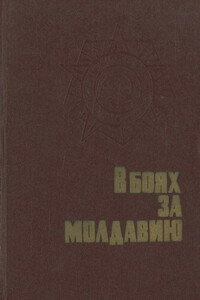
Сборник воспоминаний ветеранов Великой Отечественной войны — участников боёв за Молдавию. (Аннотация верстальщика)
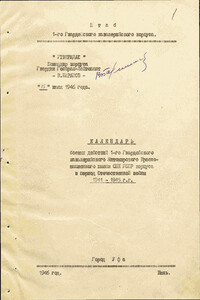
Итоговый краткий обзор основных боевых действий 1-го Гвардейского кавалерийского корпуса в период Отечественной войны 1941–1945 гг., составленный штабом корпуса перед его расформированием в 1946 году. Перед вами штабной документ — только факты, даты, места дислокации и боев. Оригинал: https://pamyat-naroda.ru/.
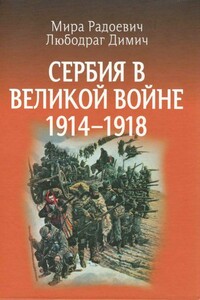
В книге рассказывается история главного героя, который сталкивается с различными проблемами и препятствиями на протяжении всего своего путешествия. По пути он встречает множество второстепенных персонажей, которые играют важные роли в истории. Благодаря опыту главного героя книга исследует такие темы, как любовь, потеря, надежда и стойкость. По мере того, как главный герой преодолевает свои трудности, он усваивает ценные уроки жизни и растет как личность.
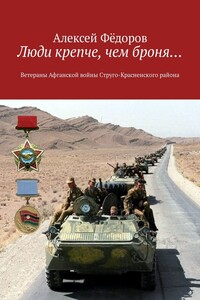
В книге размещена биографическая информация о воинах-афганцах — уроженцах и проживающих на территории Струго-Красненского района Псковской области.
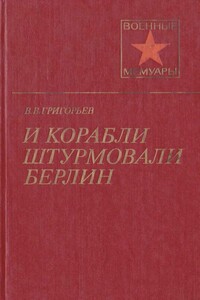
Это книга о кораблях и моряках, которые плавали и воевали не в океанских просторах, а на больших и малых реках, содействуя и в обороне и в наступлении сухопутным войскам. Основная часть книги посвящена действиям Днепровской военной флотилии, дошедшей до Берлина. Под огнем врага корабли этой флотилии помогли частям 5-й ударной армии с ходу форсировать Шпрее в черте города. О том, как сражались моряки, и рассказывает автор — в то время командующий Краснознаменной Днепровской флотилией. Рассчитана на массового читателя.
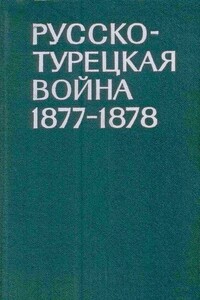
Книга с позиций марксистско-ленинской методологии освещает историю русско-турецкой войны 1877–1878 гг. В ней дан анализ причин и характера войны, рассмотрен ход вооруженной борьбы, показана решающая роль русской армии в освобождении балканских стран от оттоманского ига. Большое внимание уделено боевому содружеству и братской солидарности русского народа и народов Балкан. Книга рассчитана на широкий круг читателей.